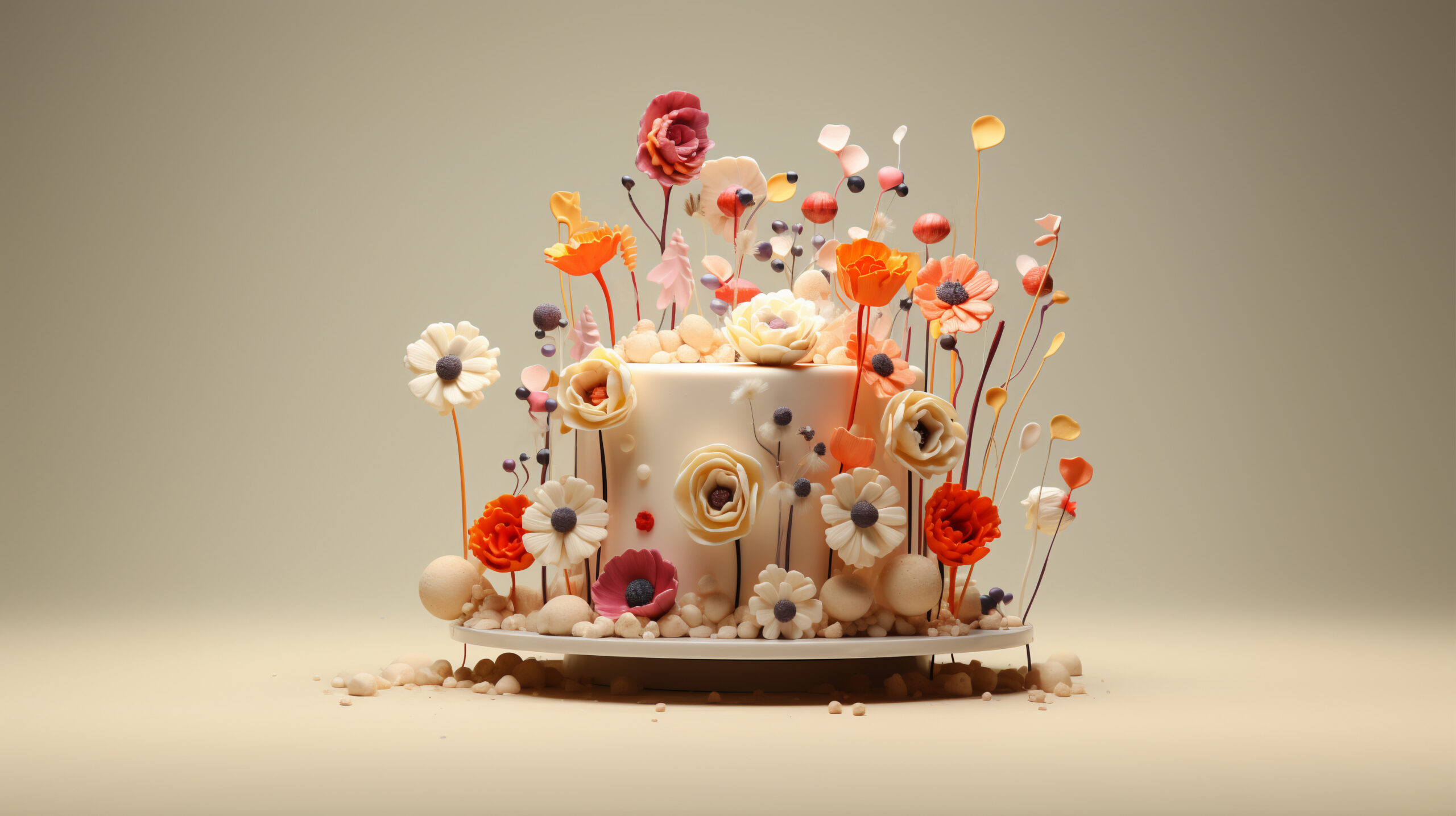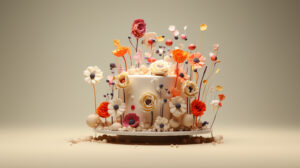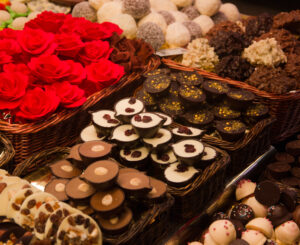Tempering chocolate is one of the most essential yet intimidating techniques in professional pastry and chocolate work. Whether you’re crafting bonbons, chocolate decorations, or showpieces, properly tempered chocolate ensures a glossy finish, satisfying snap, and a stable structure. In this guide, we’ll explore the most common mistakes pastry chefs make during tempering—and how to avoid them—with a few pro tips from my own experience.
One of the most frequent mistakes is working with chocolate at incorrect temperatures. Each type of chocolate (dark, milk, white) has a different tempering range. Even a few degrees off can ruin the crystal structure. Using an accurate thermometer and knowing your chocolate’s specific temperature curve is essential.
Another issue is moisture. Introducing water—even a tiny drop—can cause chocolate to seize and become grainy. Always make sure your tools and bowls are completely dry before starting the tempering process.
Some chefs rush the process or skip tabling or seeding methods altogether. This leads to bloomed, dull, or streaky chocolate. Taking time to develop stable cocoa butter crystals is what gives tempered chocolate its beautiful sheen and clean break.
My pro tips? First, always melt your chocolate slowly using indirect heat—avoid microwave shortcuts for large batches. Second, test your temper before molding or pouring by dipping a spatula and seeing if it sets with shine in a few minutes. Lastly, work in a cool, dry environment. Even the best temper will fail in high humidity or heat.




